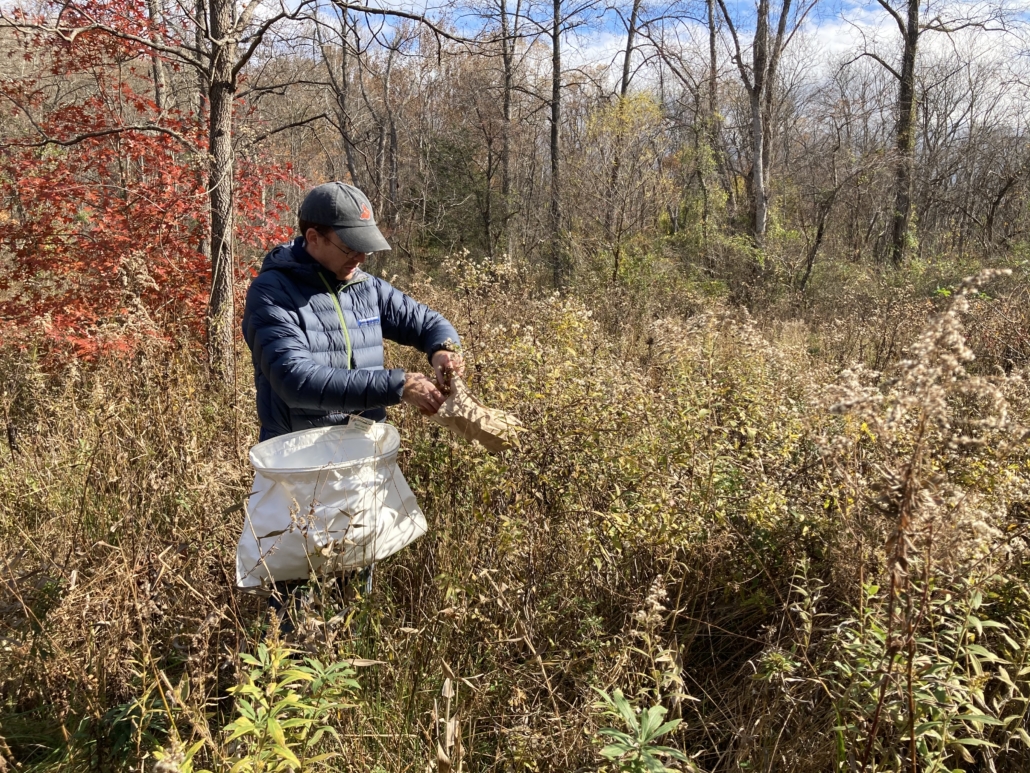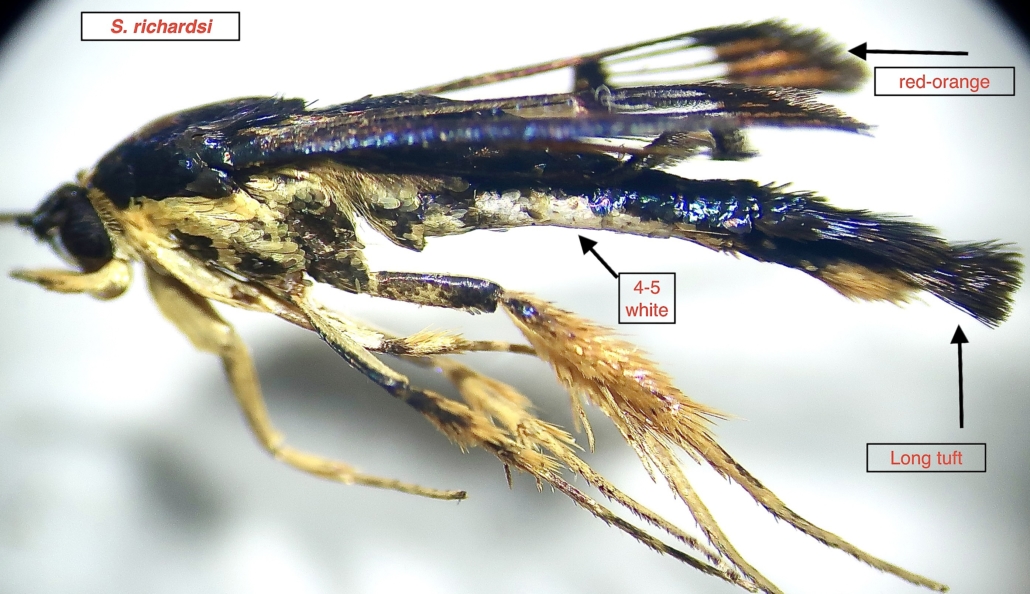WARRENTON, VA (Sept. 23, 2022) — The Clifton Institute is pleased to announce it has received a Conservation Innovation Grant from the USDA Natural Resources Conservation Service to fund a new program called The Virginia Native Seed Pilot Project. This project will launch the native seed industry in Virginia, which will make it possible to plant ecologically appropriate wildflower meadows.
There is substantial demand for seeds of native wildflowers and grasses for pollinator friendly solar installations, meadow plantings, and roadside revegetation in Virginia. But seeds of several species of plants that are common in native grasslands in the state, and beneficial for pollinators, are unavailable from seed companies. Furthermore, seeds of most species that are available have out-of-state genetics, which limits their utility to restore plant communities and provide pollinator habitat. These plants often bloom at the wrong time for our local insects or they’re too tall or too short.
“Native plants, especially native plants with local genetics, are crucial for supporting native insects, birds, and other wildlife,” says Clifton Institute Executive Director Bert Harris. “Not being able to buy the seeds of plant species native to Virginia, let alone from Virginian populations, is a critical obstacle to creating pollinator habitat statewide.”
The grant will fund a new Native Seed Coordinator position at The Clifton Institute. The Native Seed Coordinator with work with partners and volunteers to collect seeds of 15 species of wildflowers and grasses across the state. A new greenhouse at the Clifton Institute will also be partly funded by the grant and seedlings will be grown to then be transplanted in farmers’ fields. Virginia State University and Clifton Institute staff will work to establish a network of local producers who can serve as a commercial source of native seeds. In particular, the project will focus on equipping underserved farmers with the tools and skills they need to grow and sell this new high value crop. Other key partners in the project are the Virginia Dept. of Conservation and Recreation, Virginia Dept. of Wildlife Resources, the Nature Conservancy, Ernst Conservation Seeds, and the Capital Region Land Conservancy.



